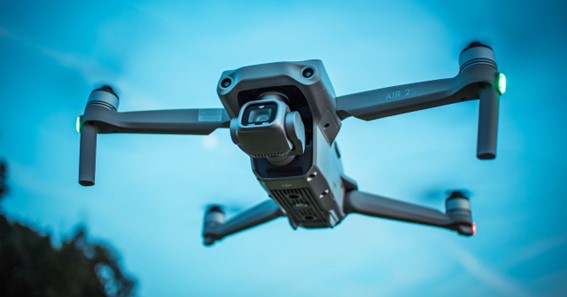In the 1950’s, The US Army studied the use and durability of flying cranes for the transportation of heavy and bulky materials. At this time, the engineering requirements of flying cranes were significantly different than helicopters. Each load had to be carefully programmed through the rotor and power plant combination.
Flying cranes were also excessively large vehicles even at the time and it was complicated to include them in uses for anything including combat and shipping. The Marine Corp’s then decided that removing functions in a helicopter such as its navigations, communications and auxiliary power unit could be a good solution to overwater transportation methods needed.
Modern day flying cranes
Luckily things have come a long way since then. Today’s flying crane offers an environmental sustainability with the ability to lift heavy loads. Modern flying cranes can also automatically take off and land which allows the focus to be on the cargo load and team safety and efficiency.
Safety features and sustainability
Safety and prevention features in flying cranes have also come a long way from 1950’s. Now mostly fully automated, flying cranes models such as ones produced by the company Airflight, have built in sensors that are able to keep aware of its environment. This offers the ability to prevent collisions and keep people and equipment safe.
Perhaps most importantly, modern day flying cranes can now be built to be CO2 friendly. With models coming that can produce zero emissions, flying cranes can offer practical solutions to lifting heavy loads and servicing needs while offering priority to the environment.
Fun facts about modern day flying cranes
Offering a huge difference in functionality, flying cranes these days:
- Function as a drone where take-off and landing is automatic.
- Ready to go in just 30 minutes
- Has a flying time of up to 20 minutes







